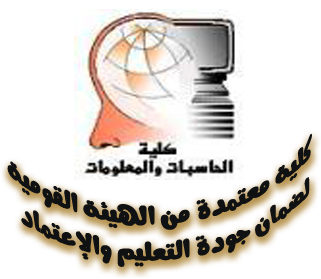COVID-19 is one of the most chronic and serious infections of recent years due to its worldwide spread. Determining who was genuinely affected when the disease spreads more widely is challenging. More than 60% of affected individuals report having a dry cough. In many recent studies, diagnostic models were developed using coughing and other breathing sounds. With the development of technology, body sounds are now collected using digital techniques for respiratory and cardiovascular tests. Early research on identifying COVID-19 utilizing speech and diagnosing signs yielded encouraging findings. The gathering of extensive, multi-group, airborne acoustical sound data is used in the developed framework to conduct an efficient assessment to test for COVID-19. An effective classification model is created to assess COVID-19 utilizing deep learning methods. The MIT-Covid-19 dataset is used as the input, and the Weiner filter is used for pre-processing. Following feature extraction done by Mel-frequency cepstral coefficients, the classification is performed using the CNN-LSTM approach. The study compared the performance of the developed framework with other techniques such as CNN, GRU, and LSTM. Study results revealed that CNN-LSTM outperformed other existing approaches by 97.7%.
تاريخ البحث
قسم البحث
مجلة البحث
Alexandria Engineering Journal
المشارك في البحث
تصنيف البحث
Q1
الناشر
ELSEVIER
عدد البحث
72
موقع البحث
https://doi.org/10.1016/j.aej.2023.04.009
سنة البحث
2023
صفحات البحث
323-338
ملخص البحث


